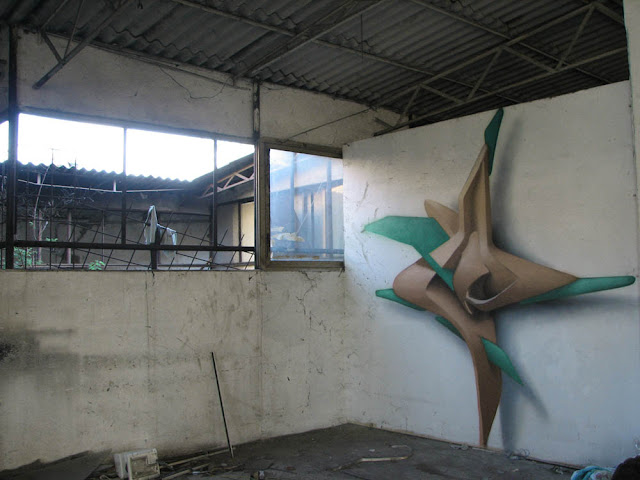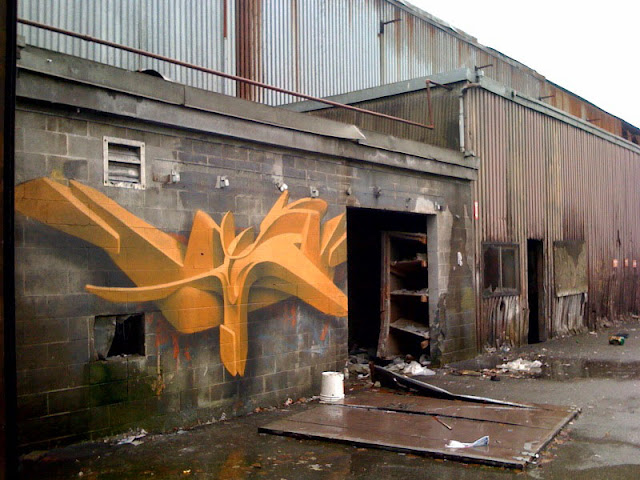>
Category Archives: art
>Tape art
>Graffiti: Peeta – The 3D Master
>Caspar David Friedrich
>
Cross in the Mountains 1805-06
Seashore with Shipwreck by Moonlight 1825-30
Evening Landscape with Two Men 1830-35
>The Ghost Village Project
>Art Crime: How to…
>Some of Sweden’s top writers demonstrate their style. Everything in this post is stolen without kind permission from the Highlights blog.
Erse, Bruce, Ance and Crack from The Pricks.
Abyss, Assma, Dire, Gauge, Ikaroz, Italy, Kaos, Polar, Pomac, Skil and Tiff2.
Abyss burning a black book.

















